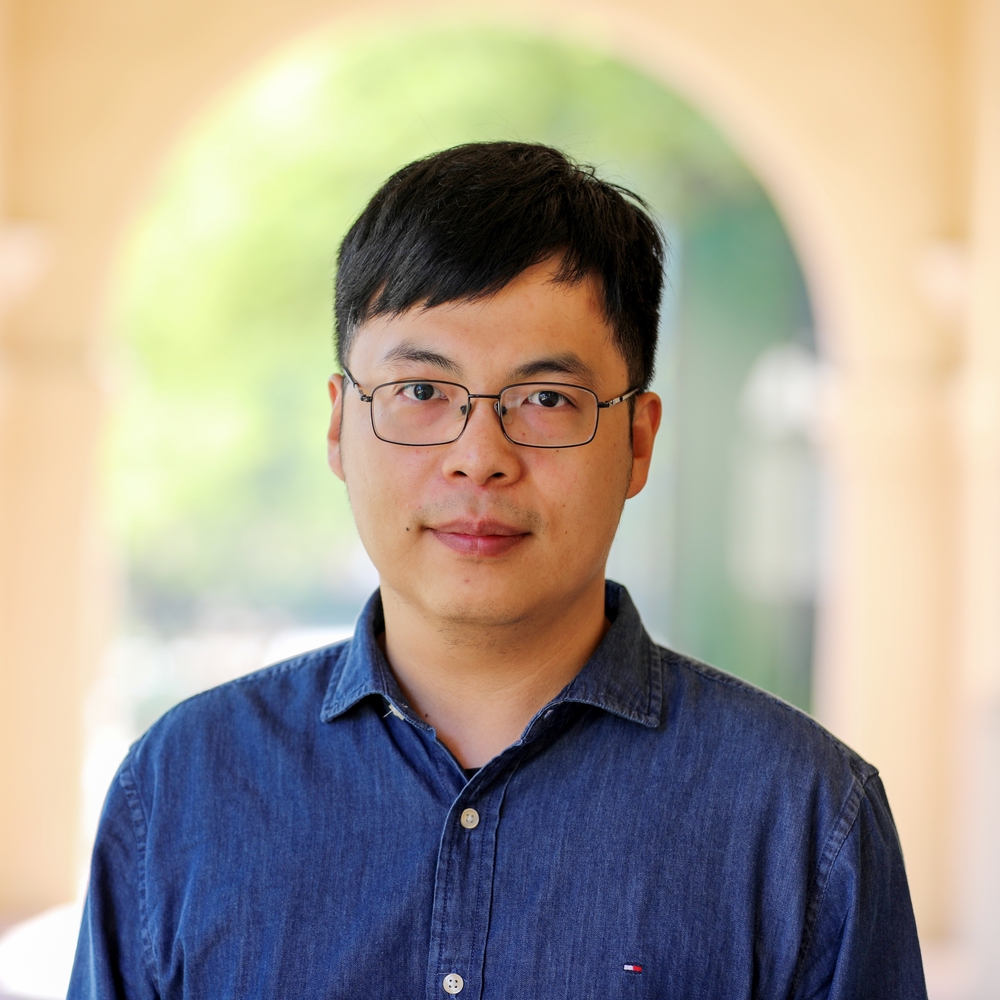Abstract
This paper investigates the problem of exponential lag synchronization control of memristive neural networks (MNNs) via the fuzzy method and applications in pseudorandom number generators. Based on the knowledge of memristor and recurrent neural networks, the model of MNNs is established. Then, considering the state-dependent properties of memristor, a fuzzy model of MNNs is employed to provide a new way of analyzing the complicated MNNs with only two subsystems, and update laws for the connection weights of slave systems and controller gain are designed to make the slave systems exponentially lag synchronized with the master systems. Two examples about synchronization problems are presented to show the effectiveness of the obtained results, and an application of the obtained theory is also given in the pseudorandom number generator.
Publication
IEEE Transactions on Fuzzy Systems, vol. 22, no. 6, pp. 1704-1713

Assistant Professor of ECEE and BME
I am an Assistant Professor of Electrical, Computer & Energy Engineering (ECEE) and Biomedical Engineering (BME) at the University of Colorado Boulder (CU Boulder). My long-term research goal is to pioneer optical imaging technologies that surpass current limits in speed, accuracy, and accessibility, advancing translational research. With a foundation in electrical engineering, particularly in biomedical imaging and optics, my PhD work at the University of Notre Dame focused on advancing multiphoton fluorescence lifetime imaging microscopy and super-resolution microscopy, significantly reducing image generation time and cost. I developed an analog signal processing method that enables real-time streaming of fluorescence intensity and lifetime data, and created the first Poisson-Gaussian denoising dataset to benchmark image denoising algorithms for high-quality, real-time applications in biomedical research. As a postdoc at the California Institute of Technology (Caltech), my research expanded to include pioneering photoacoustic imaging techniques, enabling noninvasive and rapid imaging of hemodynamics in humans. In the realm of quantum imaging, I developed innovative techniques utilizing spatial and polarization entangled photon pairs, overcoming challenges such as poor signal-to-noise ratios and low resolvable pixel counts. Additionally, I advanced ultrafast imaging methods for visualizing passive current flows in myelinated axons and electromagnetic pulses in dielectrics. My research is currently funded by the National Institutes of Health (NIH) K99/R00 Pathway to Independence Award.